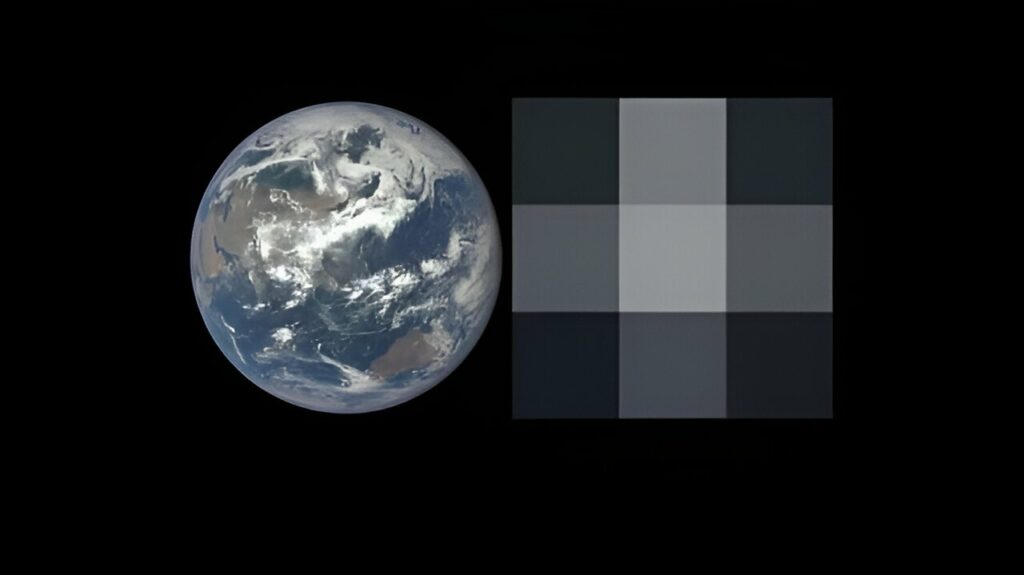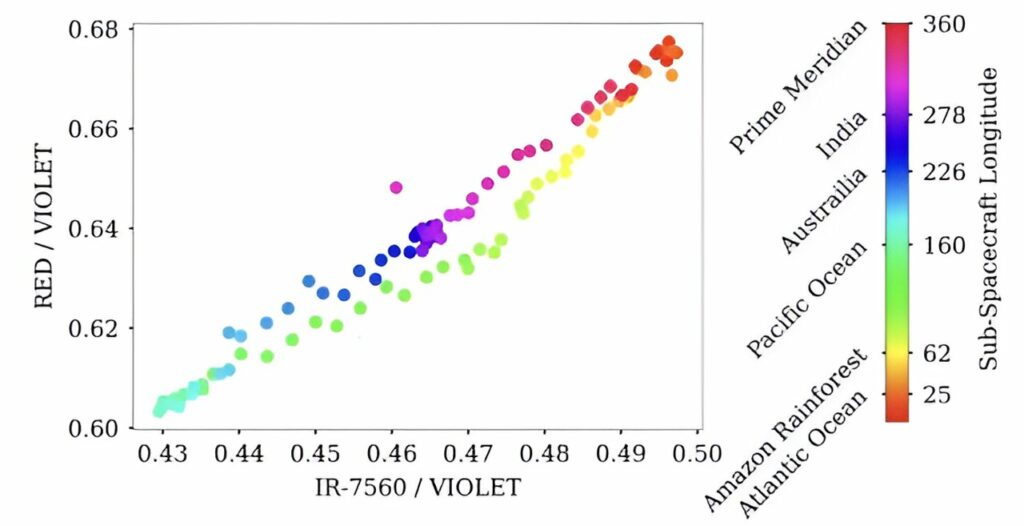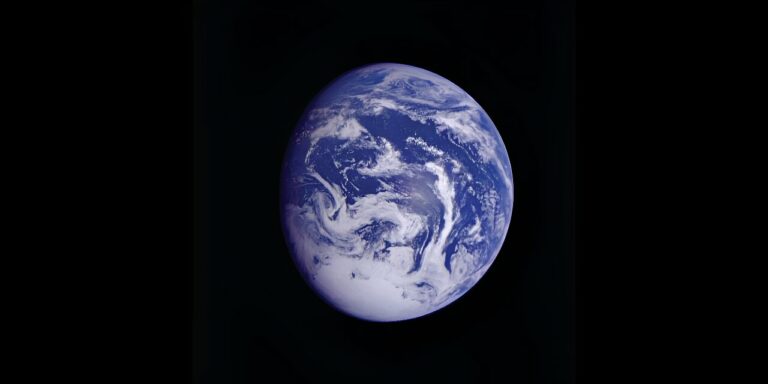Was life on Earth discovered by the Galileo mission?
In the autumn of 1989, the Galileo spacecraft embarked on its journey through space, with its destination set for Jupiter and its collection of moons. Due to the considerable distance to the colossal gas giant, Galileo had to take a circuitous route through the inner solar system. This involved conducting a flyby of Venus in 1990, followed by flybys of Earth in both 1990 and 1992. These maneuvers were necessary to gather enough momentum to ultimately reach Jupiter. Throughout the Earth flybys, Galileo captured numerous images of our planet, which have proven invaluable to astronomers in their quest to uncover signs of life beyond our own world.
While the notion of “discovering” life on Earth in the 21st century may appear somewhat absurd, this study holds significant value for astronomers who are actively searching for life on other celestial bodies. By leveraging our knowledge of life on Earth, as well as the intricate geography and diverse ecosystems found here, the images obtained from Galileo serve as a crucial benchmark for comparison with images of exoplanets. As we are still in the nascent stages of directly capturing images of certain exoplanets, astronomers continue to unravel the mysteries concealed within these images and decipher the insights they may provide.

In a recent publication on the arXiv preprint server, the researchers focused their attention on disk-integrated images, which encompass the entirety of light emitted by a planet. Instead of examining a detailed image of Earth, they analyzed integrated images obtained from the Limited Solid State Imager (SSI). These disk-integrated images resemble the ones we capture of exoplanets. The team then scrutinized the overall brightness and spectra of these images in order to gain insights about our planet.
One of the noteworthy findings of the study is that a significant portion of the spectral data in the integrated images is diluted, posing challenges in identifying specific biosignatures. This outcome was somewhat anticipated, considering that the Galileo cameras were primarily designed for Jupiter, a planet much farther from the sun and consequently dimmer. Nonetheless, the researchers managed to detect an oxygen absorption line, confirming the presence of an oxygen-rich atmosphere on Earth. While the existence of oxygen alone does not definitively prove the existence of life, it serves as a promising starting point.

Additionally, the research team was able to observe the variations in albedo, which refers to the reflective brightness of Earth as it rotates. This allowed them to gain a preliminary understanding of the distribution of continents and oceans on our planet. Consequently, they were able to confirm that Earth possesses a combination of both landmasses and bodies of water, making it highly suitable for supporting life.
One of the major advantages of this study, along with similar ones, lies in its ability to establish a reference point for potentially habitable exoplanets. When viewed from a distance and with limited resolution, this is how a planet capable of sustaining life would appear. As astronomers come across exoplanets that exhibit similar characteristics, they can be confident that they are making progress in their quest to uncover life on other celestial bodies.
This article is republished from PhysORG under a Creative Commons license. Read the original article.
Do not forget to share your opinion with us to provide you with the best posts !




0 Comments